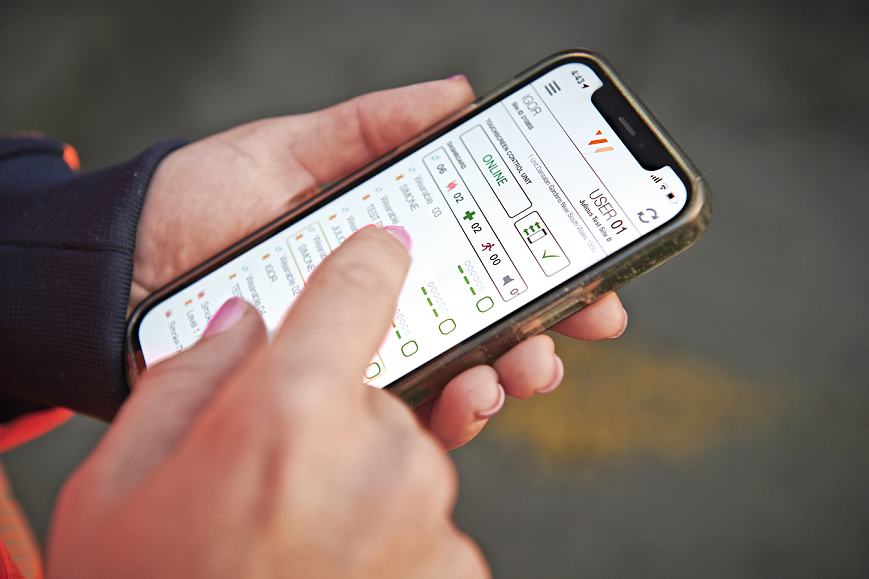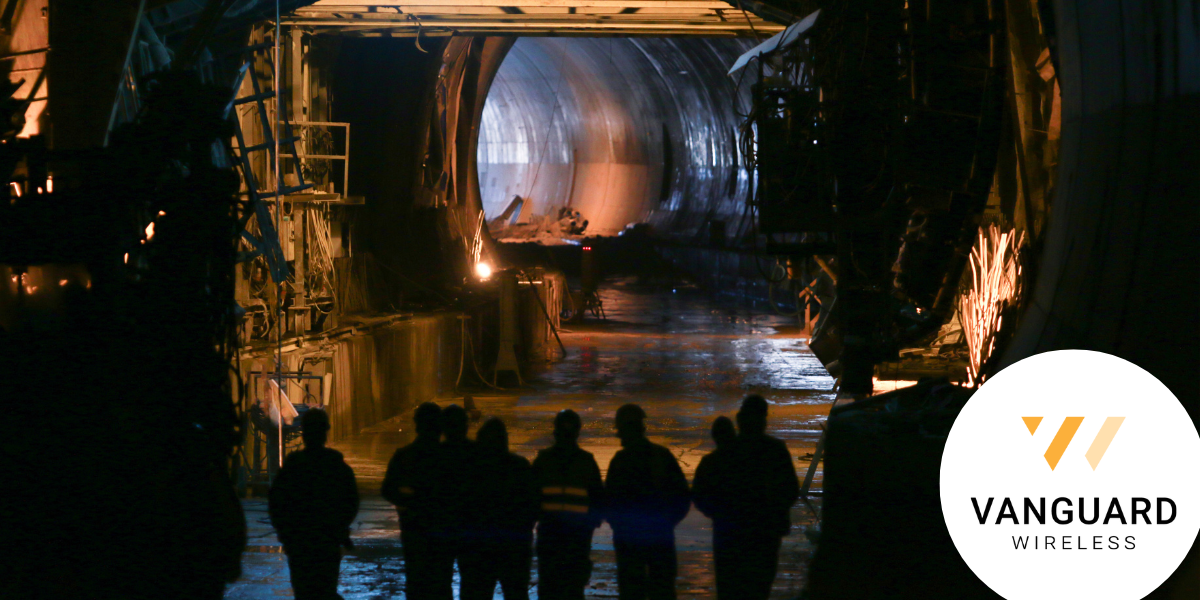In today's unpredictable world, ensuring the safety and well-being of individuals on a work site or within a building is of paramount importance. Various emergencies and incidents can arise unexpectedly, making it crucial for facility managers and occupants to be prepared for any eventuality. Building evacuations are essential procedures that help protect lives and minimise injuries during emergencies.
Risk Analysis
- HOW can workers trigger an evacuation alert?
- HOW does the business communicate to others on site about the evacuation emergency?
- WHAT action are on site personnel required to take during the emergency?
- WHAT event analysis or reporting exists
Evacuation Systems
Generally a mid to high tech system consists of some sort of evacuation trigger, and some sort of evacuation siren. Additional visual or audio options can include evacuation lights, smartphone app messages, SMS messages, or UHF radio alerts. Triggers can comprise of a physical button or lever that's pushed, a range of sensors (for example smoke, air quality, heat, pressure), or an automated built in system.
How do you want your site's workers (and visitors) to use your system? Are there any inclusivity factors you need to consider (challenges with mobility or language)? What locations should devices be installed at to provide 100% coverage for triggering AND alerting? Do you want evacuation AND lockdown options?
The answers to these questions may be apparent once you review the types of events that can trigger an evacuation.
Incidents
Fire
Fires are one of the most common and hazardous events that can occur on any site or in any building. They can be caused by various factors, such as electrical faults, sparks, reflections, cooking mishaps, or arson. Even a small fire can escalate rapidly, leading to extensive damage and potential harm to those on site. In such situations, it's critical to evacuate the site or building promptly, using clearly marked exits and following established evacuation plans.
Gas Leaks
A gas leak poses a significant risk of explosion or asphyxiation. Leaking gases, such as natural gas or propane, are highly flammable and can quickly become dangerous if not addressed immediately. Workers and building occupants should be trained to recognise the smell of gas and know how to respond, including evacuating the site and contacting emergency services.
Chemical Spills or Hazmat Incidents
In facilities that handle hazardous materials or chemicals, spills or accidents can occur. These incidents may release toxic fumes, corrosive substances, or other harmful agents into the environment, endangering everyone in the vicinity. Evacuation procedures should be in place, and workers should be trained to respond appropriately to mitigate risks.
Structural Integrity Compromises
On a building site, unsupported walls or ceilings can cave in, or equipment can malfunction (for example a crane). Natural disasters like earthquakes or severe storms can cause structural damage to buildings. In such cases, evacuation may be necessary to prevent potential collapses or other safety hazards. Regular building inspections and adherence to construction codes can help reduce the risk of structural
Biological or Health Hazards
In some instances, biological threats such as pandemics or outbreaks of contagious diseases may necessitate building evacuations to prevent further spread. Similarly, certain health hazards, like carbon monoxide leaks, could warrant immediate evacuation for occupants' safety integrity issues.
Bomb Threats or Suspicious Packages
Instances of bomb threats or the discovery of suspicious packages demand immediate evacuation. While these situations can be incredibly stressful and disruptive, safety takes precedence, and occupants must follow evacuation protocols to avert potential harm.
Active Shooter Situations
Tragically, active shooter incidents have become a concern in recent years. In the event of an active shooter, individuals must prioritise their safety and evacuate the building if possible. If escape is not viable, seeking secure shelter and following lockdown procedures might be necessary.
Be Prepared
It's impossible to identify when a site or workplace evacuation will occur. As a business you can proactively address as many risks as possible, but it's important you have a proper evacuation emergency plan in place, which includes methods for quickly triggering an evacuation alert, and quickly notifying workers so they can coordinate a response.
Evacuations are essential emergency procedures that save lives and minimise injuries during various hazardous events. It is imperative for safety personnel, site/facility managers, and occupants to be familiar with evacuation plans, participate in regular drills, and stay informed about potential risks.
Preparedness and quick action during emergencies can make all the difference in ensuring the safety and well-being of those within a building. By acknowledging the types of events that could trigger a building evacuation and taking necessary precautions, we can create safer environments for everyone.
Update Your System Today
Do you have an outdated evacuation system that you would like to upgrade? Or a new site you need an evacuation system installed on? Get in touch with Ed Tancred. Our evacuation triggers and evacuation sirens are shipped connected so all you need to do is select a location, power them up, and assign them a name for ease of emergency location identification.
You can also add:
- Wireless Bluetooth connected smoke detectors
- A control panel
- A smartphone app
- SMS messages
- False alarm prevention customisations
- Geofencing for worker location identification (in conjunction with the smartphone app)


